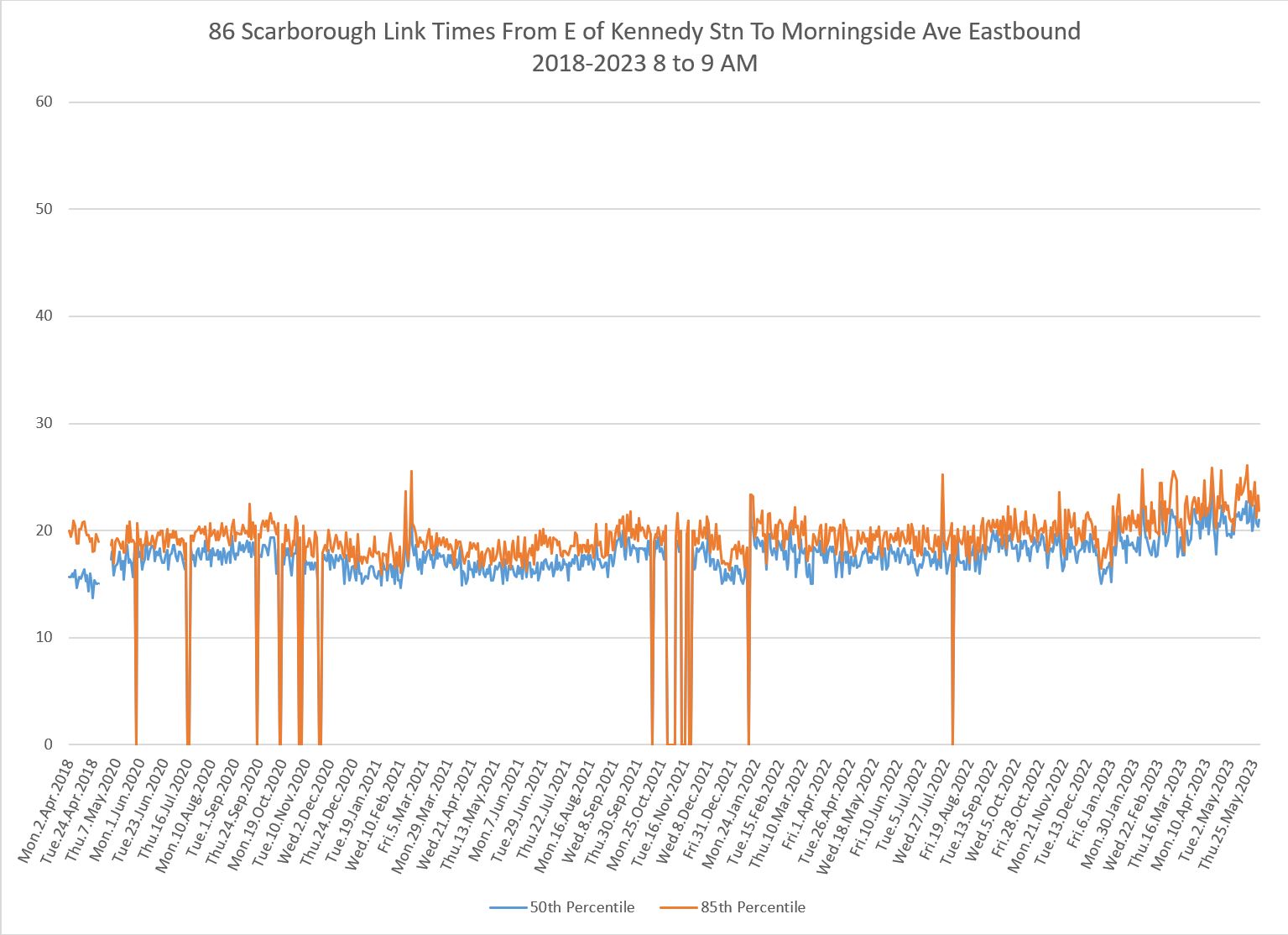Signs of strife appear in the medians and roadsides of Chittenden County


First came the signs. Then came the sign police.
It started with various business signs cropping up, one advertising power washing, another roofing. Underhill resident Christian Matthews, who spotted some, told VTDigger that the signs have been popping up for weeks, from Underhill and Jericho to Colchester, Essex and South Burlington.
Then came red-and-white signs next to the commercial ones: “Zoning officer take note,” they read; the company “continues to violate” Vermont’s business sign laws.
“I think the signs are visually unappealing. They essentially are trash. I don’t know if these companies are picking them back up at the end of the day — you see them for months,” said Matthews.
Brad Holden, the town administrator in Underhill, confirmed receiving “a fair number of complaints regarding these types of pop-up signs.”
The town doesn’t have a rule on the books regarding such signs, but Holden said he will look into its road ordinance and zoning regulations. He also plans to bring the matter up for discussion at Thursday’s selectboard meeting.
South Burlington, by contrast, has a 44-page sign ordinance, which notes that noncompliant signs will be removed, although City Manager Jessie Baker said she has not received any complaints recently.
While Vermont was a pioneer in banning roadside billboards in 1968, the rules governing smaller pop-up business ads remain varied and misunderstood.
The state has one overarching rule: Any “private, stationary outdoor advertising structure, device or display within the limits of the highway right of way” are prohibited per statute.
Basically, no private signs are allowed in the state right of way, which is “three rods wide” unless otherwise noted, according to Vermont law. A rod is a unit of measure about 16.5 feet, so the assumed minimum width of the right of way is 49.5 feet, a distance that extends evenly (24.75 feet) on both sides of the highway centerline. But even that seemingly simple formula belies a complexity that arises due to the varying widths of state roadways.
State law contains assorted restrictions on privately posted signs, and municipalities sometimes regulate or prohibit them depending on their size, placement, content and location, according to Jenny Prosser, general counsel and director of municipal assistance at the Vermont Secretary of State’s Office.
Outside of separate local elections laws addressing campaign signs, “this is typically done, I think, within a town’s highway ordinance or policy, although one might also find signage requirements within zoning bylaws or site plan review documents,” Prosser noted in an email.
The Vermont Agency of Transportation and the Vermont Travel Information Council have outlined a plethora of guidelines for business signs to comply with state and federal laws. Officials say that the best advice on what rules apply in your region will come from the state agency’s district transportation managers. The agency has nine transportation maintenance districts.
State officials told VTDigger they are aware of areas that are prone to illegal signs inside the state right of way. However, removing the signs is not a maintenance priority, although it is on the to-do list.
State crews do remove signs in “safety sensitive areas such as limited access highways and the interstate areas,” Todd Law, acting division director for district maintenance and fleet division with the Vermont Agency of Transportation, wrote in an emailed statement.
“With the amount of work we are undertaking this spring with litter picking, sweeping, pothole patching, bridge maintenance, and more, we have not yet been able to coordinate a sweep of these illegal signs, but we will be working with our managers to perform this in the very near future,” he added.
A drive around Chittenden County this week showed that the pairs of signs are now gone — although other pop-up business signs remain. Reddit users memorialized the matter with characteristic tongue-in-cheek comments on a post titled “Would you like a Burlington Bagel to soak up that salt?” with a photo of the set of dueling signs outside the Burlington Bagel Bakery on Shelburne Road in South Burlington.
“It seems to be an issue no one wants to touch, or people don’t know enough about the rules around signs,” said Matthews, who called both Jericho and Underhill town officials when he spotted the signs.
John Abbot, town administrator in Jericho, said the town does not have a specific sign ordinance. He recently received a call from a resident about power-washing business signs placed in the median along Route 15. As the signs were within the state highway right of way, he suggested they call the Agency of Transportation.
Underhill resident Adam Wolford owns an exterior cleaning company called Mansfield Services and has signs out, advertising gutters and house washing. He knows the state law, says he follows it rigorously and even drives around removing signs that his newer employees may have put out that violate the three rods rule.
Even when signs are legally placed, he will remove them if he gets complaints “because we’re not putting them out to frustrate people,” Wolford said.
He appreciates “a lot of thought and consideration” went into the state rules “because tourists travel state highways and we are not marketing to tourists.” But he isn’t happy about his signs being vandalized, removed or replanted in the wrong places.
“I think the state guidelines were very well thought out,” he said, but if a town has blanket regulations not to allow any signs, that’s problematic for small business owners like himself. He does not have a brick-and-mortar business and the signs help secure new business in and around Chittenden County.
He does agree with some sort of cap on the number of small signs near the roadway, perhaps allowing one sign per business within a certain area. A universal regulation would be easier to learn about and follow, Wolford said.
He added, “I’ve seen at the end of an exit ramp, I think in Colchester, there were like 10 signs. And that’s obnoxious.”









/cloudfront-ap-southeast-2.images.arcpublishing.com/nzme/FYZSHCJGVUGR3ZK6GHOXOH25SQ.jpg)

